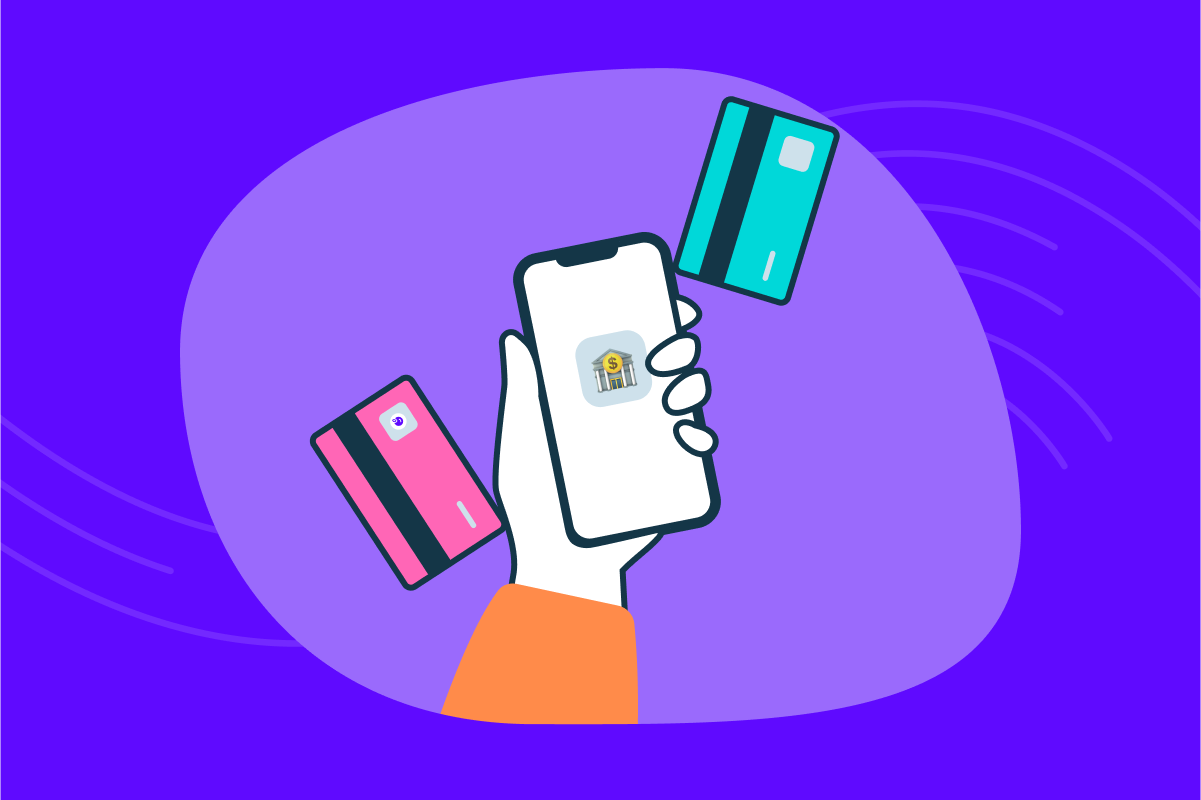Have you ever imagined having a roomba clean your room, or allowing artificial intelligence to look after your savings? Technology has disrupted so many aspects of our lives, and banking is no exception 🤖
Services such as opening a bank account or sending money abroad have become simpler and more convenient, in part thanks to the neobanks that have been challenging the status quo for quite some time now.
We take a look at how neobanks, and the technology which underpins them, are shaping the future of banking 🏦
What is a neobank?
A neobank (or a challenger bank) is a 100% digital-only bank, that can solely be accessed online or by using an app on a smartphone 📱 In the UK, you might have heard of Monzo, Revolut, Starling, or Atom Bank, all of who offer banking services and operate as digital banks.
The main difference between neobanks and traditional banks is that neobanks don’t have physical branches. It means that instead of paying for expensive premises, neobanks can invest in creating functional, friendly mobile apps, and innovative financial products 😊
For instance, Monzo was one of the first new banks to let people block certain types of spending on their account, like gambling. It’s crazy to think that before Monzo, no bank had given much thought to it. Fun fact: Barclays (one of the four biggest banks in the UK) didn’t take long to follow Monzo’s move.
Typical neobank services include current accounts, payment cards, loans, money transfers, mobile-budgeting, and savings accounts. Often their main strength lays as much in the delivery (or UI) as it does in these products and services themselves.
Because their business model differs from traditional banks, neobanks might also be able to offer higher interest rates than high-street banks.
There are two main types of neobanks:
- With a banking license. A neobank who obtains a banking licence and operates independently. In the UK, Monzo and Starling are among the most popular neobanks to have their own banking licence.
- Without a banking license. A Neobank who, instead of obtaining its own banking licence, partners with an existing high street bank to offer its own products and services.
What are the pros and cons of neobanks?
Neobanks are not perfect, but they do have a few advantages over traditional banks:
- Neobanks are user-friendly with loads of features. Neobanks present a simple and engaging mobile experience with slick user interface and features that might not be available with a traditional bank.
- They’re convenient. You can get most of your banking done with a few swipes on your smartphone 👉📱
- Neobanks have attractive low costs. Products are typically inexpensive, with no monthly maintenance fees (unless you choose to use premium services).
- No time spent waiting. Because they operate online only, neobanks have quick processing times, offer hassle free account creation and any requests are usually processed within a day or two, depending on the specific bank.
While neobanking presents some benefits compared to a high street bank, there are a couple of drawbacks to be aware before opening an account with them:
- You need to be tech-savvy to use neobanks. Because neobanks operate online only, there’s a need to know your way around technology, meaning that neobanks might not be suitable for everyone.
- Neobanks don’t have physical branches. Some people might prefer to have the option of visiting their local branch in person when dealing with banking matters 🤝
- Can have limited product offerings. Since neobanks are… new, most of them are not yet offering the full range of products you may be used to (i.e. loans, overdrafts, credit cards and others).
Are neobanks safe?
While the fact that challenger banks do not have physical branches might be alarming to some, that doesn’t mean they’re not reliable.
Neobanks might be new but they’re still highly regulated and must comply with many security and quality standards before they can even start offering their products and services in the UK.
They also employ a range of security measures to guarantee that your money is safe and secure, and your data is protected.
Are neobanks the future of digital banking?
Although neobanks are one step ahead on user experience and convenience, big banks are catching up fast.
The adoption of neobanks still remains low. We found that 91% of Plum customers connect a traditional bank for their primary account, with women also having a marked preference for using traditional banks.
However, as the demand for flexible banking increased due to the Covid-19 pandemic, financial technology and innovation brought by neobanks could prove to be just the right solution for our new normal.
While neobanks might not overthrow the traditional financial institutions overnight, they can be more agile in launching new features and partnerships that people crave much faster. Whether that will be enough for neobanks to succeed in the long-term, remains to be seen 🔮
Is Plum a neobank?
Nope. In fact, Plum’s not a bank at all! Plum works by connecting to your existing bank account(s) and credit card(s) to help you manage your money effortlessly.
Plum can help you save automatically, start investing for your future, and can even notify you if you’re overpaying on household bills and switch you to a new supplier from within the app.
If you'd like to learn more about Plum then you can check our website.
For all the latest Plum news and discussion, head to our Plummunity Forum, or follow us on Instagram and Twitter.

